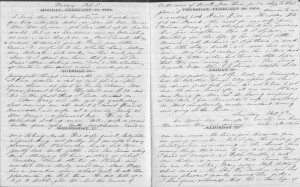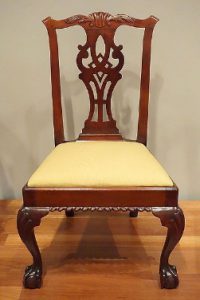[Editor’s note: This blog post originally appeared in Vita Brevis on 26 April 2017.]
 Reading Alicia Crane Williams’s post on Sex in Middlesex reminded me of another great work by Roger Thompson – Cambridge Cameos – Stories of Life in Seventeenth-Century New England, which contains forty-four sketches from the period 1651 to 1686. They are fascinating stories involving mostly ordinary people. Some of the more colorful chapters cover Brutality or Bloodsucking; Town versus Gown; Witchcraft or Madness; and A Subversive Physician. These vignettes are based on thousands of original documents Thompson examined that provide a rare chance to hear firsthand accounts of many seventeenth-century New Englanders. Continue reading ICYMI: Cambridge Cameos
Reading Alicia Crane Williams’s post on Sex in Middlesex reminded me of another great work by Roger Thompson – Cambridge Cameos – Stories of Life in Seventeenth-Century New England, which contains forty-four sketches from the period 1651 to 1686. They are fascinating stories involving mostly ordinary people. Some of the more colorful chapters cover Brutality or Bloodsucking; Town versus Gown; Witchcraft or Madness; and A Subversive Physician. These vignettes are based on thousands of original documents Thompson examined that provide a rare chance to hear firsthand accounts of many seventeenth-century New Englanders. Continue reading ICYMI: Cambridge Cameos






